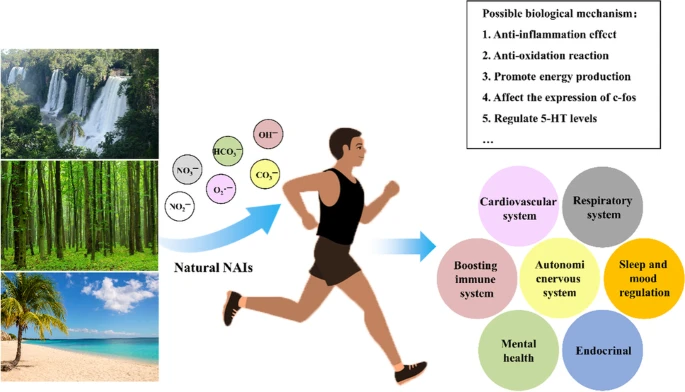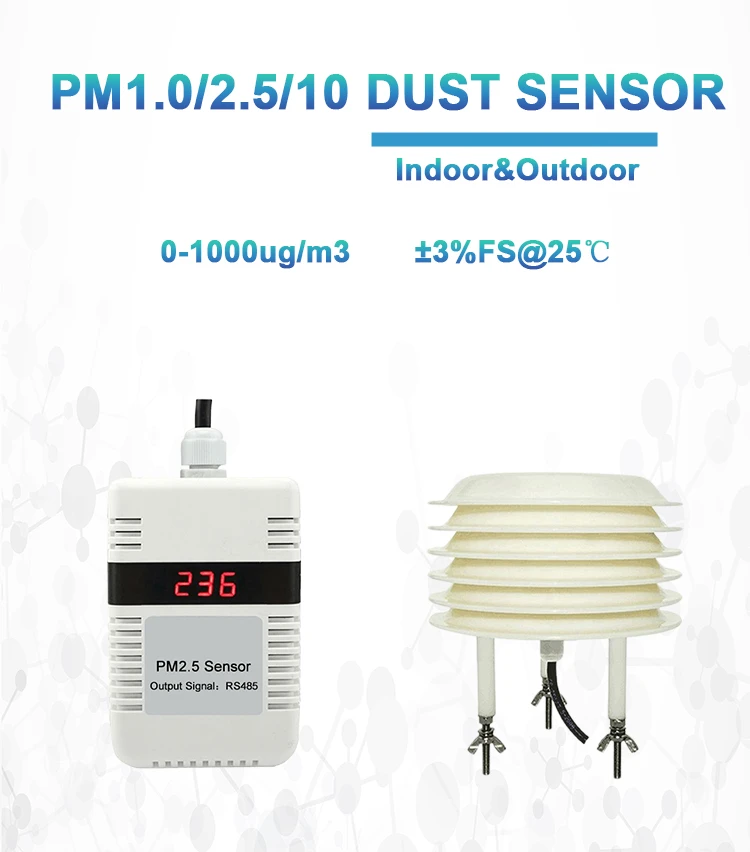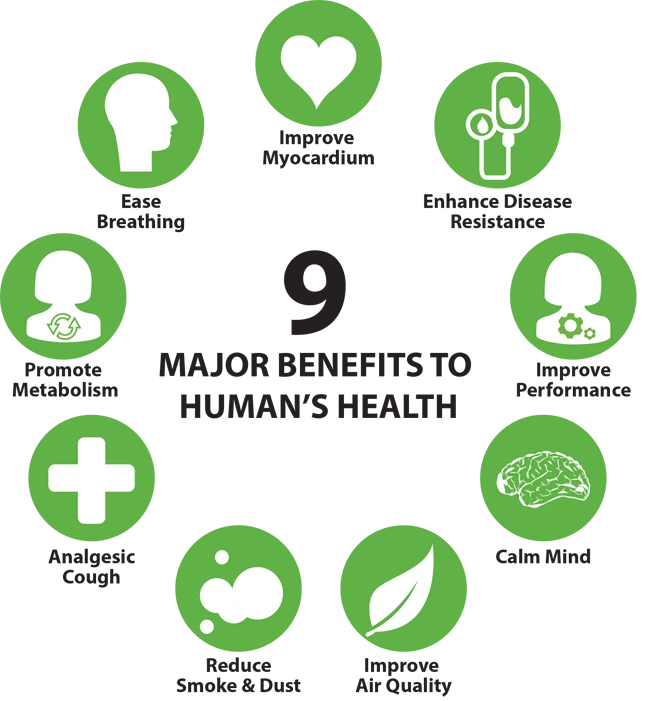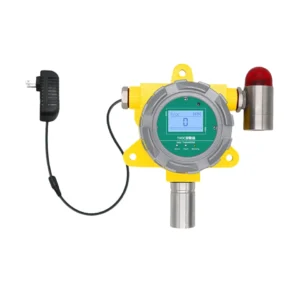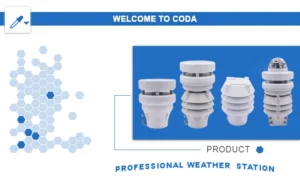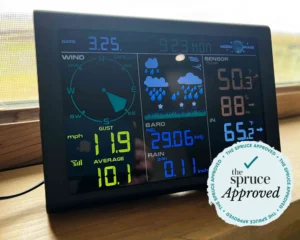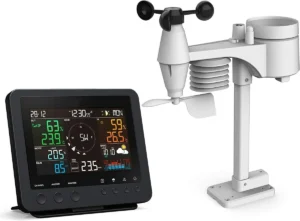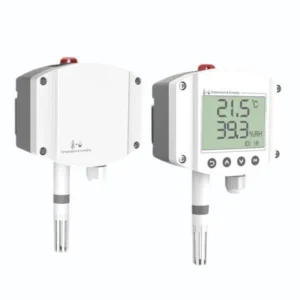Negative Ions and Their Benefits
Understanding Negative Ions
Negative ions are important for the environment and human health. They help show how clean the air is. The World Health Organization says air is fresh when there are 1000 to 1500 negative ions in each cubic centimeter.
What Are Negative Ions?
Negative ions are gas molecules or atoms that have gained extra electrons, giving them a negative charge. They are often called negative air ions (NAI).
These particles are found in nature, especially in forests and wetlands, where they are made in large amounts. Negative ions help clean the air and improve the environment. Natural events like ocean waves, lightning, waterfalls, and sunlight also help create these ions.
How Are Negative Ions Formed?
Negative ions arise through various natural and artificial processes:
1. **Natural Environments**: Clean air areas, like high mountains, coastlines, forests, and near waterfalls, have many negative ions. For instance, trees release these ions. Also, when water droplets break apart in rivers and lakes, it increases their amount.
2.**Thunderstorms**: Thunderstorms create strong weather. They produce both negative and positive ions.
This happens when oxygen and nitrogen atoms change. Ionization occurs due to fast movement or strong electric fields. Lightning sends many ions into the air.
3. **Artificial Sources**: Devices such as air purifiers and negative ion generators make negative ions. This helps to improve indoor air quality for everyday life.
Differences Between Positive and Negative Ions
1. **Positive Ions (Cations)**:
Positive ions are atoms or molecules that have lost electrons. This loss gives them a positive charge.
For example, when a hydrogen molecule loses an electron, it becomes a positively charged hydrogen ion (H+). Positive ions are often unstable. They try to regain electrons to balance their charge.
2. **Negative Ions (Anions)**:
Negative ions gain extra electrons and become negatively charged. For example, when an oxygen molecule gains an electron, it becomes a negatively charged oxygen ion (O-). These ions can be unstable at times. They may release extra electrons to regain balance.
Key Characteristics of Positive and Negative Ions
– **Charge Properties**: Negative ions have a negative charge because they have extra electrons. Positive ions have a positive charge because they have lost electrons.
– **Formation Process**: Negative ions form when they gain electrons during chemical reactions or some physical processes. Positive ions form when they lose electrons in similar situations.
Benefits of Negative Ions
1. **Air Purification**:
Negative ions help clean smoke and dust from the air. They do this by sticking to particles and removing them. Smaller negative ions react more quickly than larger ones.
2. **Health Promotion**:
Negative oxygen ions are very active and can help clean the air. They do this by breaking down bacteria and disrupting their important enzymes.
These ions join with positively charged particles like dust, bacteria, or smoke. This causes the particles to clump together and fall to the ground.
This process gets rid of harmful pollutants. It also cuts down on odors, like cigarette smoke. Plus, it reduces exposure to toxic gases from building materials.
PM2.5 and Its Measurement
PM2.5 is tiny particles that are 2.5 micrometers or smaller. These small particles are a major part of air pollution. They can be breathed deep into the lungs and may cause serious health issues.
PM2.5 can include dust, dirt, soot, smoke, and liquid droplets. It often comes from burning fuels, factories, and car exhaust. Keeping track of PM2.5 levels is important for better air quality and public health.
Negative Oxygen Ions and Their Benefits
Negative oxygen ions, or negative ions, are molecules that have an extra electron. You can find them in forests, mountains, rivers, and beaches, especially after rain. These ions are believed to improve air quality. They help reduce pollutants in the air and enhance overall well-being.
Effects of Positive Ions
Positive ions can harm air quality, but negative ions do not. They attach to airborne particles, forming larger groups. This keeps pollutants in the air for a longer time. As a result, air pollution can increase and lead to health issues like coughing and breathing problems.
Positive ions from industrial emissions can harm plants, soil, and ecosystems. They upset the natural balance. These ions can also disrupt important processes like pollination and animal migration.
High levels of positive ions in the air can lead to health issues. These issues include headaches, tiredness, trouble sleeping, and a weaker immune system. Being around these ions for a long time can disturb body systems and harm your health.
Ways to Increase Negative Oxygen Ions
1. Natural Environments
Spending time in nature, like parks, forests, or beaches, is a great way to get negative ions. Outdoor activities, such as hiking and camping, can increase this effect even more.
Indoor plants, like potted flowers or small trees, can also help. They release oxygen during photosynthesis and transpiration. This boosts negative ion levels in homes or offices.
2. Use of Negative Ion Generators
Devices like air purifiers with negative ion generators can raise negative ion levels indoors. This helps to improve air quality.
3. Near Flowing Water Sources
Waterfalls, rivers, and coastal areas have many negative ions. Being near these places can help you feel better. If you can, choose to visit places with waterfalls or beaches.
Measuring Negative Ions
Negative Ion Detector
In labs, special tools measure the amount of negative ions accurately. These detectors help study the properties and behavior of negative ions in the environment.
Negative Ion Counter
A common tool for measuring negative ions is the negative ion counter. It catches ions as they interact with gas inside. This creates a measurable current or charge. This charge indicates the amount of negative ions in the air, both indoors and outdoors.
Negative Ion Generator
These generators mainly make negative ions for air purifiers or therapy devices. They can also be tested in controlled settings to see how many negative ions they produce.
Negative Ion Concentration Meter
This portable device has a detector and a screen. It shows real-time measurements of negative ion levels. It is great for checking air quality in homes, offices, hospitals, and other indoor spaces.
By learning about PM2.5, people can understand its effects on air quality. Negative oxygen ions also have benefits for the environment. Additionally, knowing how to measure these factors can help improve air quality for everyone. This can lead to better health and well-being.
